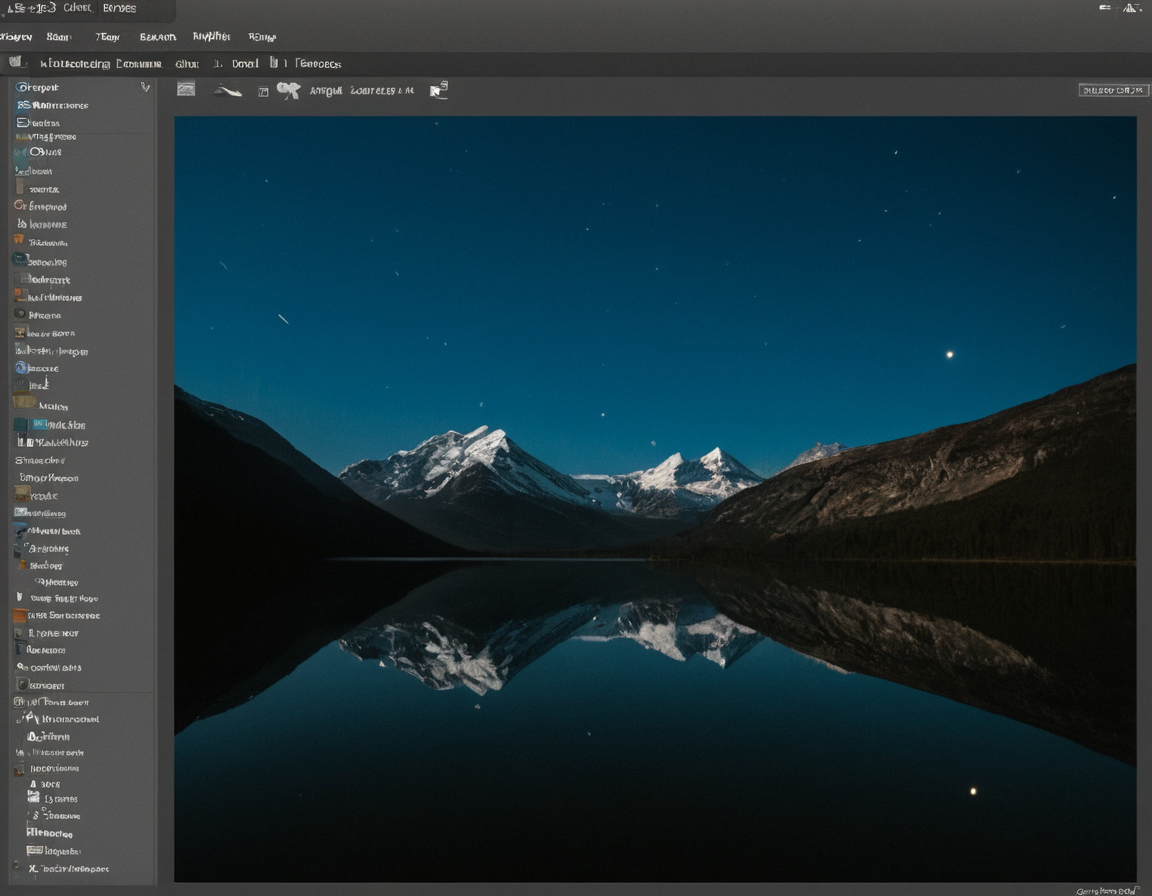Top Surprising GIMP Features

The Surprising Truth About GIMP: A Viable Option for Photo Editing
When it comes to photo editing software, many professionals and hobbyists alike automatically reach for Adobe Lightroom or Photoshop. However, this overlooks a powerful alternative that has been hiding in plain sight: GIMP. In this article, we’ll delve into the lesser-known features of GIMP that make it a viable option for photo editing.
Introduction
GIMP (GNU Image Manipulation Program) is a free and open-source raster graphics editor. While its reputation may not be as polished as some other options, GIMP has been around since 2000 and has continued to evolve with the needs of its user base. In this article, we’ll explore five surprising features that make GIMP a worthy alternative for photo editing.
Feature #1: Advanced Layer Management
GIMP’s layer management system is one of its strongest suits. Unlike some other editors, GIMP allows you to create layers for individual elements within an image, such as text or shapes. This makes it easy to organize and edit complex compositions. Additionally, GIMP supports advanced layer blending modes and opacity controls.
Feature #2: Customizable Tools
GIMP’s toolset is highly customizable. Users can create their own custom tools from scratch using Python scripts or by modifying existing ones. This level of customization makes GIMP an attractive option for those looking to automate repetitive tasks or create complex editing workflows.
Feature #3: Support for Raw File Formats
Many camera manufacturers produce raw file formats that contain more image data than the final JPEG output. GIMP supports these formats natively, allowing users to import and edit them directly from the camera’s memory card. This feature is particularly useful for professional photographers who need to work with raw files.
Feature #4: Advanced Color Management
GIMP includes a robust color management system that allows users to accurately profile and convert images between different color spaces. This feature is essential for professionals working in various industries, such as printing or digital display.
Feature #5: Community-Driven Development
Unlike proprietary software, GIMP’s development is community-driven. The project relies on contributions from volunteers who help improve the codebase and add new features. This means that users have a say in what features are added and how the software evolves.
Conclusion
GIMP may not have the same polish as some other photo editing software, but its feature set makes it a viable alternative for those looking for a free and open-source solution. From advanced layer management to support for raw file formats, GIMP has something to offer every user. As the software continues to evolve, it’s clear that GIMP is here to stay.
What’s next? Will you be giving GIMP a try? Share your thoughts in the comments below!
Tags
gimp-photo-editing open-source-photography free-image-editor professional-level-features powerful-alternative
About Valentina Torres
As a seasoned editor at gophotos.com, I help creators harness the power of AI and smart photography tools to elevate their visual content. With a passion for innovative storytelling, I've worked closely with artists and brands to bring their unique visions to life – from editing to generation, I'm always excited to explore the latest visual possibilities.
